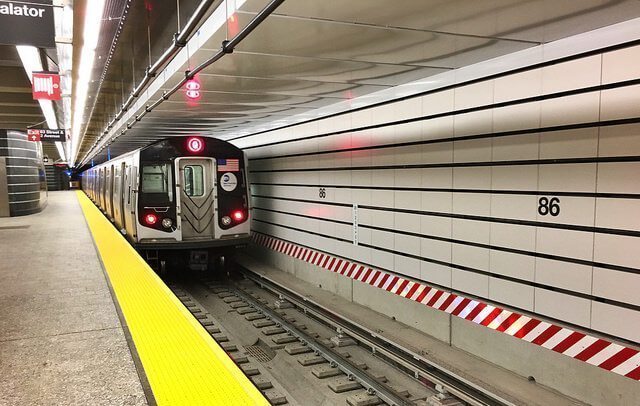There likely has never been an infrastructure project as eagerly anticipated as the Second Avenue Subway. Decades in the making (the original proposal commenced in 1919, but the Great Depression prevented work from starting, and construction began in 1972 before being halted in 1975 due to the city’s fiscal crisis), the first phase launched on New Year’s Day, extending the Q line 3 stops (72nd street, 86th street, and 96th street). New York City’s most significant expansion of the system in 50 years, the Second Avenue Subway will officially be the T line. The service will ultimately extend from the Financial District to 125th street.
Previously, those residing on the East Side had limited transit options. The 4, 5, and six subway lines run on Lexington Ave, but those who reside east of this point had to make other arrangements, such as enduring a long walk. However, this created a situation where those living in Yorkville were able to snatch up lower prices for their apartments than other areas of the city. This area is considered a subsection of the Upper East Side, generally defined as running from 79th Street to 97th Street, between Third Avenue and FDR Drive.
Although convenience is essential, our readership is primarily concerned with how this impacts the neighborhood’s real estate prices.
A nice windfallA nice windfall
If you own an apartment in Yorkville, you may already have seen an increase in value. Future gains are also possible now that the project has finally become a reality. You have lived through the inconvenience and broken promises, particularly for longer-term residents. More recently, you endured the sounds and rumblings of construction. However, this should pay off in handsome price appreciation.
Anecdotally, real estate agents were reporting substantial double-digit increases (up to 20%) in sales prices over the last couple of years before the completion of the current construction phase. There is room for growth, with the average price per square foot at $1,750, according to Streeteasy. This compares to $2,496 for all of the Upper East Side. The average price in the Lenox Hill and Carnegie Hill neighborhoods that also comprise the Upper East Side was $2,841 and $2,496, respectively.
To quantify the potential price appreciation, we can turn to a 2013 study commissioned by the American Public Transportation Association and the National Association of Realtors. This found homes closer to transportation sold for 41% more than those that were located further away. Not surprisingly, the study found this was more pronounced in cities that are more reliant on mass transportation, such as New York.
Of course, if you are a first-time homebuyer bargain’s harder to come by, but purchasing an apartment in the Yorkville neighborhood provides a much better commute, which you may find worth the extra price tag.
Final thoughtsFinal thoughts
The Upper East Side has many benefits to offer. These include the many museums and cultural institutions as well as parks. You can now add an improved commute to the list.

